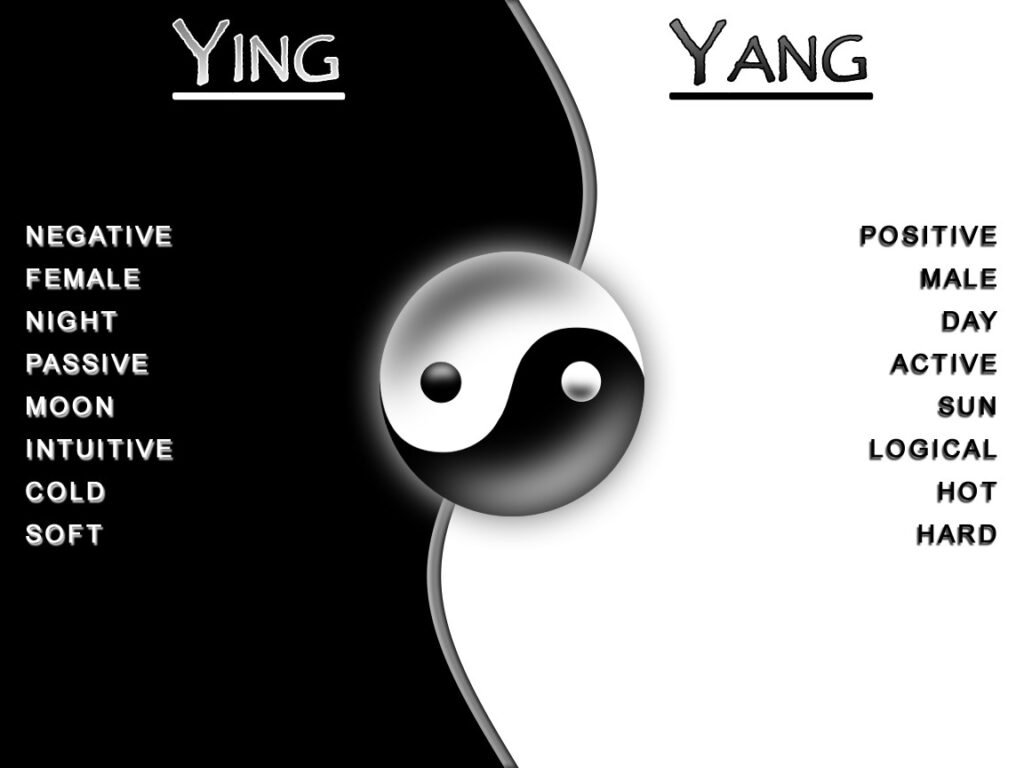The yin-yang symbol is one of the most widely recognized icons of Eastern philosophy. Representing a dualistic worldview central to Chinese cosmology, it reflects the dynamic interplay between opposites that shape the universe and influence daily life. Whether in the cycles of nature, personal health, relationships, or emotional states, the principles of yin and yang offer a way to understand and bring balance to the world around us.
Understanding the deeper Yin or Yang Meaning involves exploring not only what each part of the symbol represents, but how they interact as a whole. Yin is traditionally associated with qualities like darkness, stillness, femininity, and coolness, while yang corresponds to light, activity, masculinity, and warmth. These are not opposites in conflict but complementary forces that rely on each other to create harmony and transformation.
The Symbol and Its Origins
The yin-yang symbol, known in Chinese as Taijitu, is typically represented as a circle divided into a black and white swirl. Each side contains a dot of the opposite color, symbolizing that within every force lies the seed of its counterpart. This illustrates the Taoist belief that nothing exists in pure isolation or permanence—there is always movement, change, and interdependence.
Rooted in ancient Chinese philosophy, the concept of yin and yang emerged from Taoist and Confucian thought. It is referenced in early texts such as the I Ching (Book of Changes) and the Tao Te Ching by Laozi, where the principles are used to describe the rhythm of life and the path to inner balance.
Yin and Yang in Nature
Nature is the most evident and universal expression of yin and yang. Day and night, winter and summer, rest and activity—all reflect the continuous flow and interaction of these two forces.
-
Yin in Nature: Represented by the moon, water, shadows, cool weather, and nighttime. It is the passive, receptive, and nourishing aspect of nature.
-
Yang in Nature: Represented by the sun, fire, light, heat, and daytime. It is the active, creative, and expansive aspect of nature.
These forces are constantly shifting. For example, the rising sun transforms yin into yang, while sunset transitions yang back into yin. The changing of seasons is also an ongoing dance between these energies, with spring and summer carrying more yang energy and autumn and winter moving toward yin.
Application in Health and Wellness
In traditional Chinese medicine (TCM), maintaining a balance between yin and yang is essential for physical and emotional health. The body is seen as a microcosm of the universe, and imbalance in these energies can lead to illness or emotional disturbance.
-
Too much yin may result in fatigue, cold limbs, depression, or slow metabolism.
-
Excess yang might manifest as restlessness, high blood pressure, inflammation, or insomnia.
Treatments in TCM—such as acupuncture, herbal medicine, and dietary adjustments—aim to restore the balance between these forces. For instance, someone with excessive yang energy might be prescribed cooling herbs or foods to increase yin.
Yin and Yang in Daily Life
The principles of yin and yang can be seen in everyday choices and habits:
-
Work and Rest: Work is a yang activity; rest is yin. Both are needed in balance for productivity and well-being.
-
Food Choices: Spicy and fried foods tend to be more yang, while fresh fruits and vegetables are more yin.
-
Exercise: Intense workouts like running are yang in nature, while yoga or tai chi offer yin qualities.
Being mindful of how you engage with these energies can help create a more harmonious lifestyle. For example, someone feeling burned out (excess yang) might benefit from yin activities such as meditation, quiet reading, or spending time in nature.
Relationships and Emotional Balance
Yin and yang also play a role in personal relationships and emotional health. In relationships, mutual respect and understanding come from recognizing differences and finding balance. Emotionally, a balance between yin (introspection, calm) and yang (expression, action) supports stability and personal growth.
Too much focus on one emotional state, such as constant stimulation (yang) without reflection (yin), can lead to imbalance. Incorporating both energy types in your routine helps you manage stress, improve communication, and maintain emotional resilience.
Yin and Yang in Contemporary Spirituality
Today, the yin-yang philosophy continues to resonate with people around the world. As modern life becomes increasingly fast-paced and unbalanced, many individuals look to ancient wisdom for guidance. The idea of harmonizing opposites appeals to those seeking a more holistic understanding of health, relationships, and personal growth.
While it is rooted in Eastern tradition, the yin-yang concept has found its way into global wellness culture, often integrated into yoga, mindfulness, and integrative healing approaches. The message remains clear: harmony arises not from eliminating one side, but from recognizing and balancing both.
Conclusion
The philosophy behind yin and yang offers a timeless guide for understanding the world and ourselves. Far from being a rigid system of opposites, it reveals the fluid, interconnected nature of all things. By recognizing the patterns of yin and yang in nature, health, relationships, and daily life, individuals can learn to live in greater harmony with their surroundings and inner selves. The yin-yang symbol remains a powerful visual reminder of the ever-changing but balanced flow of life.
